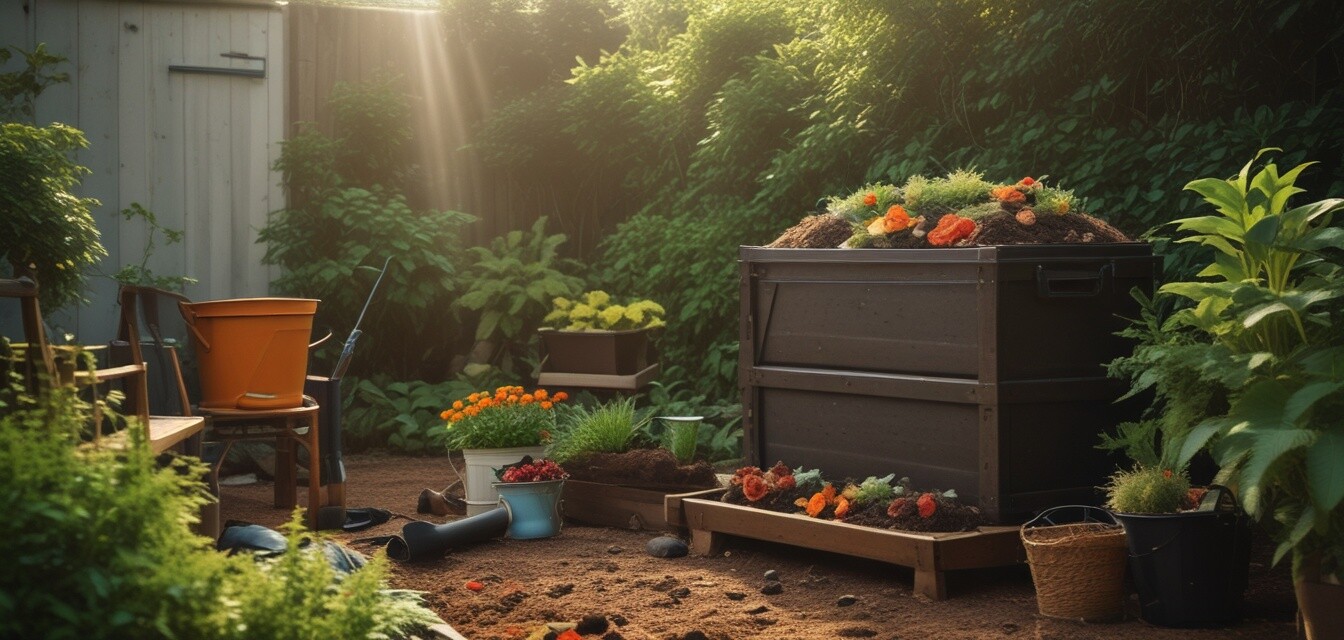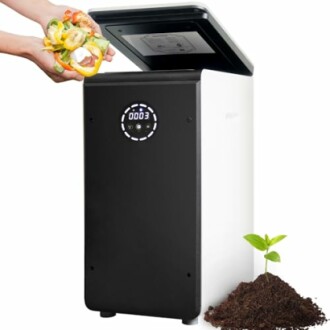
The best composting tools for efficient composting
Key Takeaways
- Composting tools can revolutionize waste management in your garden.
- Understanding the different types of composting tools helps in choosing the right ones for your needs.
- Using quality tools can significantly improve the efficiency of your composting process.
Composting is a sustainable practice that not only reduces waste but also enriches the soil, making it more fertile. Whether you are a beginner or a seasoned gardener, having the right composting tools can streamline the process, making it easier and more efficient. This guide will walk you through essential composting tools to enhance your composting efforts.
Types of Composting Tools
Composting can be achieved with a variety of tools. Here are some of the most important types of composting tools that every gardener should consider:
- Composting Bins: Essential for holding and breaking down organic materials.
- Compost Turners: Tools designed to aerate and mix compost to speed up the decomposition process.
- Shovels and Pitchforks: Necessary for turning and distributing compost materials effectively.
- Temperature Gauges: Useful for monitoring the heat of your compost pile.
- Electric Composters: Advanced tools that cleanse waste more efficiently.
1. Composting Bins
Composting bins are vital for collecting kitchen scraps and garden waste. They come in various styles, from traditional tumbler designs to stationary bins. A well-designed compost bin allows for reduced odors, efficient aeration, and easy access to finished compost.
Villa 9215 AC/DC 12V Urine Diverting High Capacity Waterless Composting Toilet
A top choice for effective composting, designed for off-grid living and portability.
Learn More2. Compost Turners
Compost turners are tools designed to aerate your compost pile, promoting faster breakdown of materials. They come in various forms such as forks, spades, or specialized tumblers.
3. Shovels and Pitchforks
Shovels and pitchforks are essential for moving materials in and out of the compost bin and mixing layers. A sturdy shovel is a must-have in any gardener's toolkit.
4. Temperature Gauges
Monitoring the temperature of your compost pile is critical for ensuring it is decomposing effectively. A temperature gauge helps you maintain optimal heat, especially during the initial stages of composting.
5. Electric Composters
For those looking for an effortless composting solution, electric composters are a fantastic option. They allow you to add kitchen waste anytime and rapidly break it down into nutrient-rich compost.
GEME World First Bio Smart 19L Electric Composter for Kitchen
A user-friendly composter that efficiently turns food waste into compost quickly and silently.
Learn MoreChoosing the Right Composting Tools For Your Needs
The right composting tools depend on the scale of your composting needs. Here are a few tips to help you choose:
Tips for Selecting Composting Tools
- Assess your composting goals - Are you composting for personal use or for a larger garden?
- Consider the space available - Do you have a large outdoor area or are you limited to a small balcony?
- Evaluate the types of waste you will be composting - Will it include only kitchen waste or also garden materials?
- Think about maintenance - Some tools require more effort than others. Choose according to your lifestyle.
Setting Up Your Composting System
Once you've chosen your tools, setting up a composting system involves the following steps:
- Select a suitable location for your compost bin.
- Add a mix of green materials (nitrogen-rich) and brown materials (carbon-rich).
- Maintain moisture and aerate your compost pile regularly.
- Monitor temperature and adjust materials as needed.
- Harvest your compost after several months when it becomes dark and crumbly.
Additional Resources
For more insights and advanced techniques on gardening, visit our resources section:
Conclusion
Composting is an essential activity for creating a sustainable garden. With the right tools, this process can be made simple and efficient. Whether you choose traditional methods or opt for innovative electric composters, being well-equipped empowers you to maximize waste reduction and enrich your garden soil. Happy composting!

